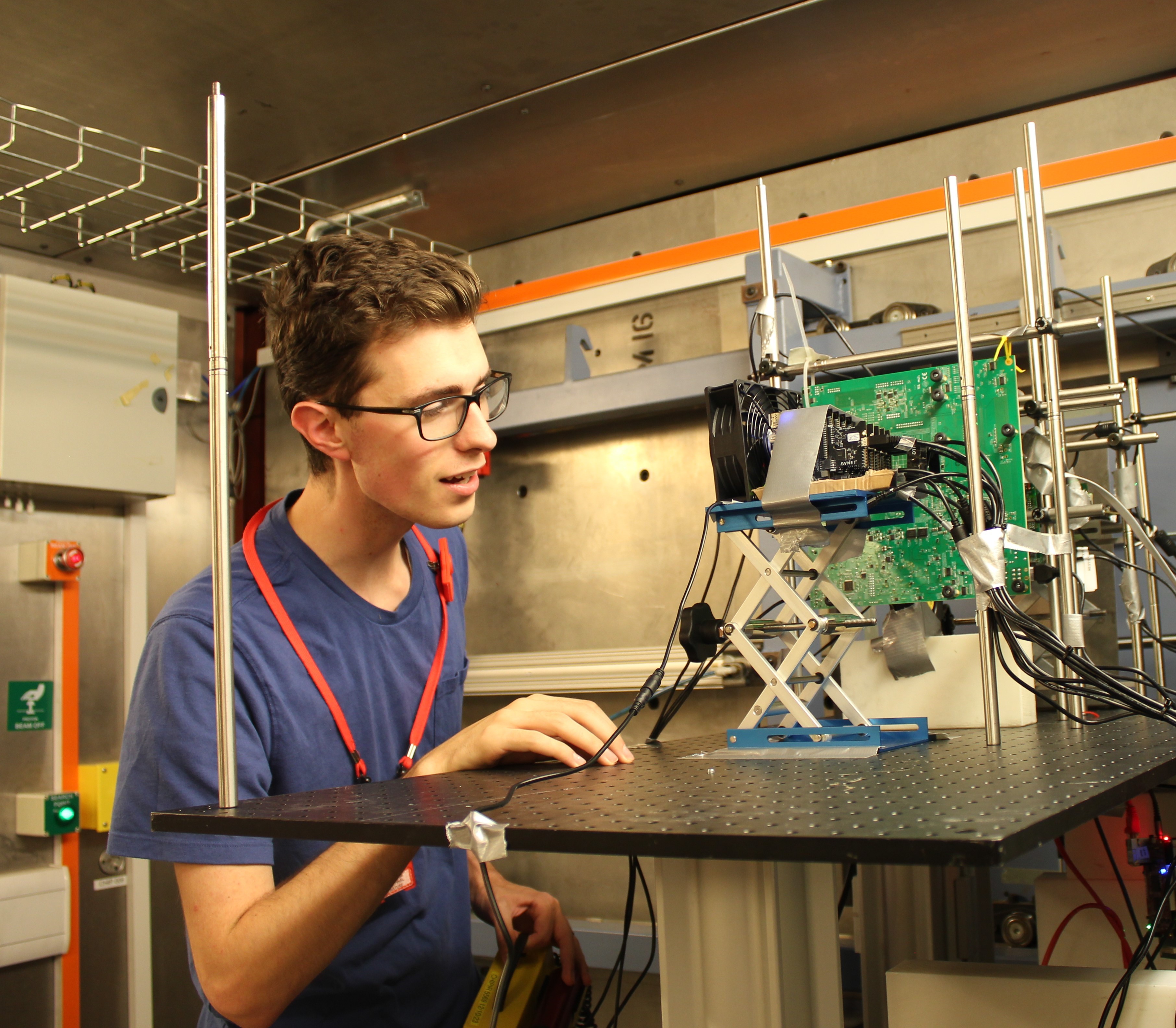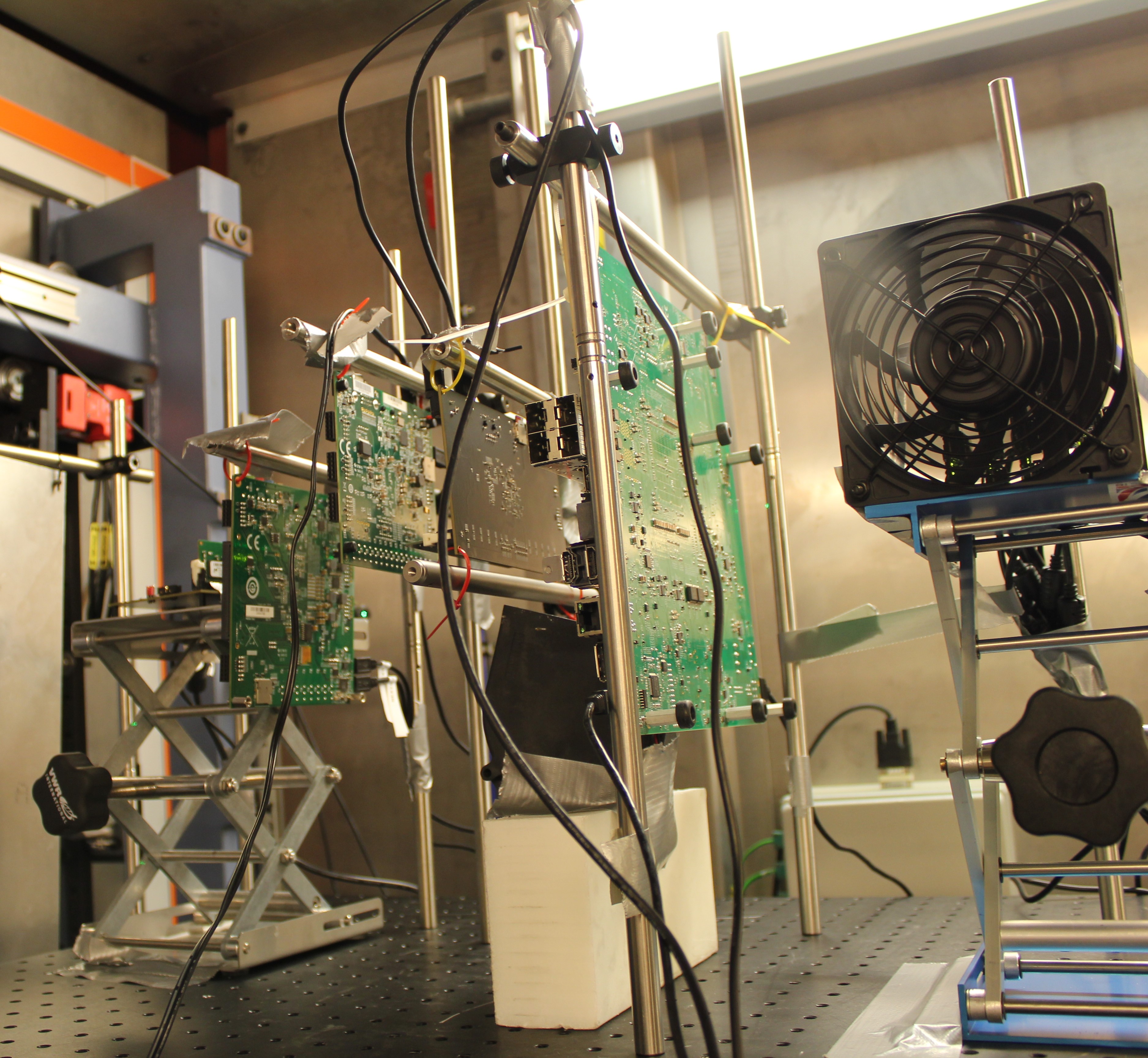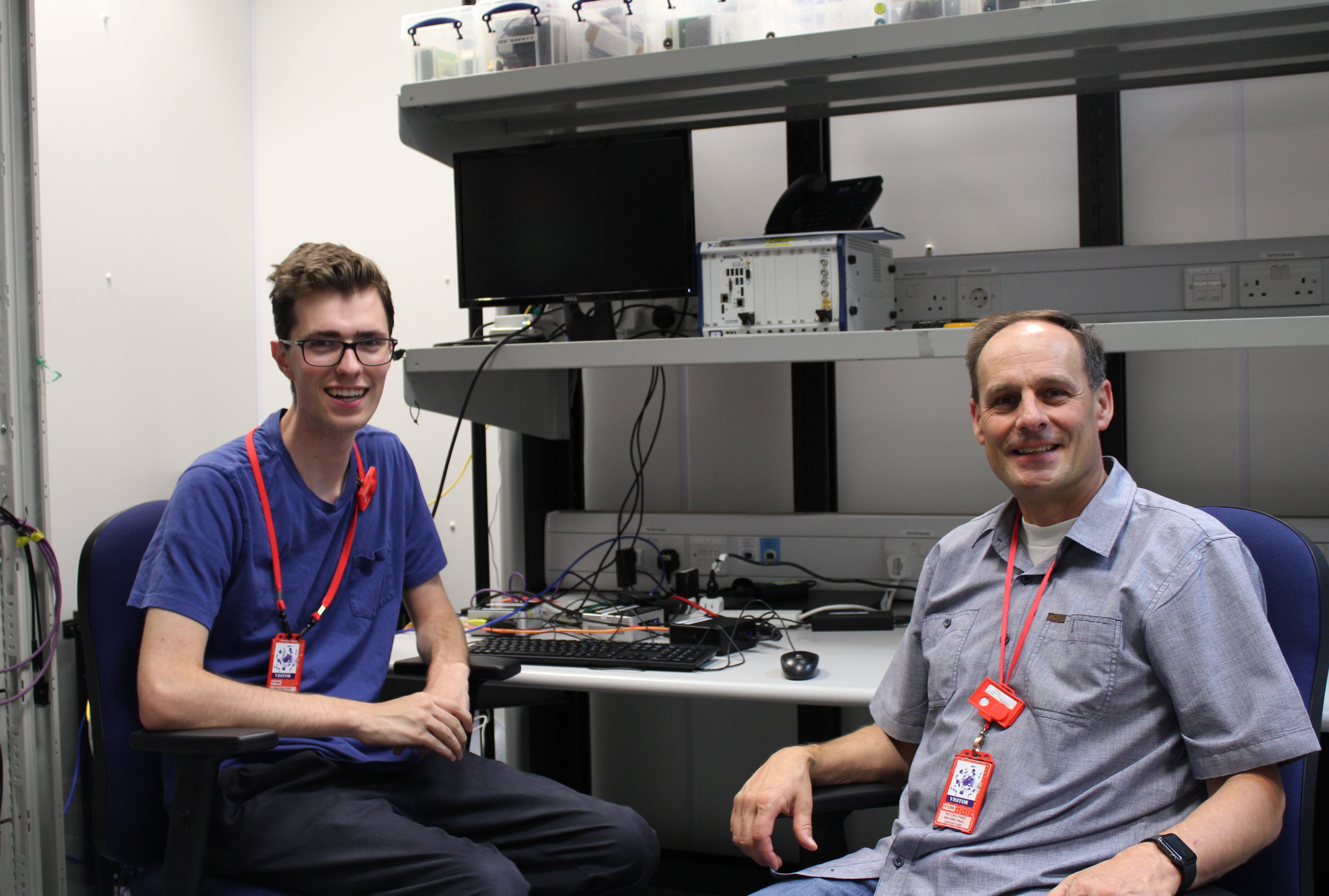 The process of understanding how errors occur is exceedingly difficult as there are numerous ways in which a circuit board can fail. Professor Mike Wirthlin, from the university’s Department of Electrical and Computer Engineering and undergraduate student Weston Smith were leading three different experiments on fault tolerance. With the help of the CHIPIR instrument scientists, the experiment was set up so that students back at BYU could watch the results emerge in real time and advise on experimental alterations from America.
The process of understanding how errors occur is exceedingly difficult as there are numerous ways in which a circuit board can fail. Professor Mike Wirthlin, from the university’s Department of Electrical and Computer Engineering and undergraduate student Weston Smith were leading three different experiments on fault tolerance. With the help of the CHIPIR instrument scientists, the experiment was set up so that students back at BYU could watch the results emerge in real time and advise on experimental alterations from America.

The first experiment involved five complex multi-processor computer circuit boards being tested at the same time with ChipIR, using software that Weston developed to identify errors. The boards are built to withstand the harshest environments, especially as spacecraft electronics are exposed to extreme radiation in space. The second experiment involved testing the impact of neutron radiation on dynamic RAM (DRAM) memory chips. Most bulk memory in modern systems is dynamic RAM (DRAM). DRAM is very dense; however, it does require its values to be refreshed periodically because the values inside the memory cells decay over time. ChipIR is used in these experiments to understand how DRAM memories fail in a neutron radiation environment. Multiple generations of DRAM were tested simultaneously.

The team were also investigating Field- programmable gate arrays (FPGA), an integrated circuit designed to be configured in the field after manufacturing. They are examining the improvements in reliability that occur when using a technique called Triple Modular Redundancy (TMR). This technique involves using three copies of a circuit and voting on the results to mask failures in any one circuit copy. Back at BYU, the students were able to view the logs being generated by ChipIR, analyse the results, and advise Professor Wirthlin and Weston on any issues, such as an area that needed reconfiguring.
Professor Wirthlin was enthusiastic to return to ISIS since his first visit before the pandemic, having been then encouraged by a colleague to test out the resources available at ISIS. We look forward to seeing what results this experiment produces!
Christopher Frost, the creator of ChipIR was excited to talk about this experiment. “It was really great to see Professor Wirthlin back at ChipIr from the US. This shows how ChipIr is important as an international irradiation facility and I love that the students were watching the data from their experiments in real-time all the way over in Utah…. they must have had some early mornings and late nights!”
